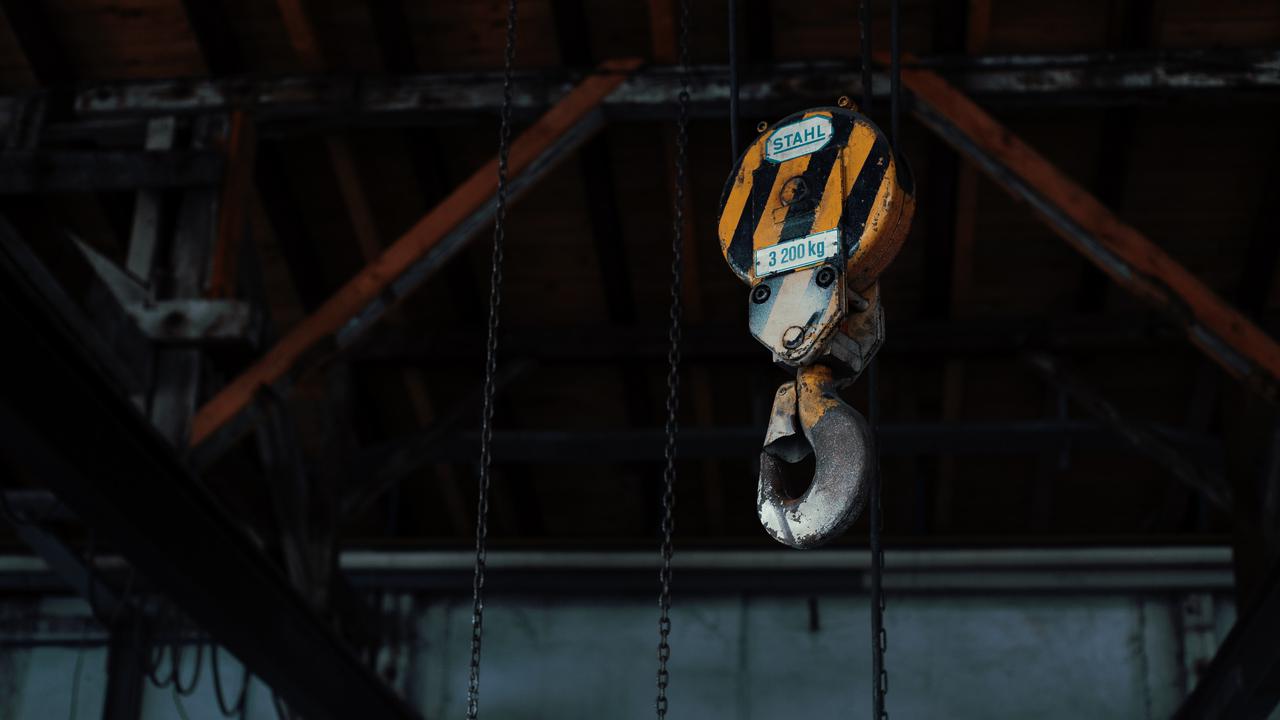
When you need to secure and lift a particular type of load, a below-the-hook lifting device is the way to go.
As with any heavy-duty equipment of this kind, though, you need to make sure you’re following all the right safety regulations and recommendations while using it. This isn’t just important for protecting your property and workers, but for remaining in compliance with legal guidelines from agencies like OSHA, too.
There are certain general safety protocols that are useful to know when using these devices, but it’s also essential to know the right steps specific to below-the-hook solutions.
That’s why in this blog post, we’re going to go over the basics of what you need to know about below-the-hook lifting devices and outline some general and device-specific safety recommendations.
Below-the-hook lifting devices are attachments for overhead cranes. They’re typically meant to make certain loads easier to lift and lower securely. There are quite a few different below-the-hook solutions from multiple manufacturers, often the same manufacturers of the overhead cranes they’re used for.
We’ve written on our blog before about the different types of below-the-hook devices available for various industrial applications, ranging from sheet lifters to drum turners and more, as well as the manufacturing standards they must adhere to.
These devices are used in as many different industrial settings as the cranes they’re used with. Manufacturing plants might use sheet lifters to lift wood or sheet metal at a mill or shipbuilding site, for example.
While there are certain special considerations to take into account when it comes to below-the-hook devices, some general rules of thumb relevant to any type of industrial equipment are important to consider first. These matter in situations like OSHA inspections, in particular.
You should be taking steps at your worksite to make sure any heavy, complex equipment isn’t posing a hazard to your workers. Those steps come down to instilling safe practices for machinery operation, placing safeguards wherever possible, and keeping equipment maintained on a regular basis.
The Crane Manufacturers Association of America (CMAA) also lists some best practices when it comes to handling below-the-hook devices, including:
It’s of paramount importance to follow these procedures to keep your crane operators, personnel, equipment, and inventory safe. If your devices aren’t regularly checked and maintained, can’t adequately clear obstacles in your worksite, or aren’t safe for your workers to use in the first place, it may be easy to miss warning signs and find yourself in a situation that could’ve been prevented.
That being said, below-the-hook devices and the steps required to use and maintain them are worthwhile investments for expanding the capabilities of your overhead cranes, no matter your industry. As long as you can do your due diligence and keep up with the requirements of these devices, they’re a great asset for improving your productivity in a way that best meets your needs.

When you need below-the-hook solutions for your worksite, T&M Cranes can help with a customized device to fit your needs. Request a quote now or reach out to us with any questions.